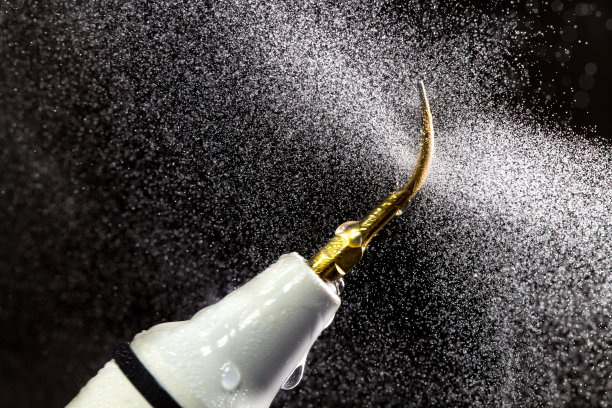Essential Guidelines for Maintaining Oral Health After Receiving Dental Fillings to Ensure Longevity and Comfort
Summary: Maintaining oral health after receiving dental fillings is crucial for ensuring their longevity and your comfort. This article outlines essential guidelines to follow, focusing on effective oral hygiene practices, dietary considerations, regular dental check-ups, and understanding the types of fillings. Implementing these strategies will not only preserve your dental health but also enhance your overall well-being. By adhering to these guidelines, you can significantly reduce the risk of complications and enjoy the benefits of your fillings for years to come.
1. Effective Oral Hygiene Practices

Good oral hygiene is the cornerstone of maintaining the health of your dental fillings. After receiving a filling, its essential to establish or maintain a consistent brushing routine. Use a soft-bristled toothbrush and fluoride toothpaste, brushing at least twice a day. This practice helps remove food particles and plaque that can accumulate around the filling and lead to secondary decay.
Flossing is equally important. Ensure you floss gently around the filling to prevent gum irritation and allow for thorough cleaning. A specific technique known as the “C-shape” flossing technique can help protect the area surrounding your fillings. Incorporating an antimicrobial mouthwash can also provide an additional layer of protection by minimizing plaque bacteria.
Moreover, consider utilizing tools like interdental brushes that can reach areas typically laid bare by standard toothbrushes and floss. These small but effective cleaning tools are beneficial, especially when handling areas around fillings, ensuring that all surface areas are accounted for in your daily oral hygiene regimen.
2. Dietary Considerations Post-Filling
Your diet plays a significant role in the longevity of dental fillings. After having a filling, it is advisable to avoid hard, sticky, or chewy foods for the first 24 hours. This restriction allows the filling material to set correctly without interference. Consuming softer foods during this period can prevent premature wear and discomfort.
Once you resume regular eating habits, aim to maintain a balanced diet rich in vitamins and minerals that promote oral health. Foods high in calcium, such as dairy products and leafy greens, contribute to stronger teeth. Additionally, crunchy fruits and vegetables like apples and carrots can naturally clean teeth as you chew, offering a dual benefit.
It’s equally important to limit sugary snacks and beverages, as they can contribute to plaque buildup and increase the risk of decay around the filling. Instead, consider healthier alternatives to satisfy your sweet tooth, like fruits or nuts. Staying hydrated with water also helps rinse away food particles and keeps your mouth moist.
3. Importance of Regular Dental Check-Ups
Regular dental check-ups are essential for maintaining the integrity of your fillings and overall oral health. Schedule dental appointments at least twice a year for professional cleanings and exams. Your dentist will monitor the condition of your fillings, check for any signs of wear, and catch possible issues early on, avoiding more extensive treatment down the line.
During these visits, dont hesitate to discuss any concerns regarding sensitivity or discomfort around your fillings. Your dentist can assess these issues and offer solutions, which may include adjustments or recommendations for appropriate oral care products.
In addition to routine visits, consider asking your dentist about the longevity of the specific type of filling you received. They can provide tailored advice based on your lifestyle, oral health history, and the condition of your fillings, ensuring that you receive the best possible care moving forward.
4. Understanding Types of Fillings
Knowledge about the type of fillings you have received can significantly affect how you care for your oral health afterward. Common filling materials include amalgam, composite resin, and porcelain, each with distinct properties and maintenance requirements. Amalgam fillings are durable, making them suitable for back teeth, while composite fillings are more aesthetic and blend better with natural tooth color but may be less resilient in high-pressure areas.
Understanding the material of your filling can also help you determine how to care for it effectively. For instance, composite fillings may be more susceptible to staining, prompting a need for more rigorous cleaning in those areas. Discuss with your dentist how the fillings will react to various foods and beverages and the best practices to avoid premature wear.
Additionally, inquire about the expected lifespan of your specific fillings. This helps set realistic expectations and emphasize the importance of accompanying home care routines for maximizing the usability of your fillings long-term.
Summary:
By practicing effective oral hygiene, paying attention to dietary habits, attending regular dental check-ups, and understanding the types of fillings you have, you can significantly enhance the longevity and comfort of your dental fillings. These essential guidelines are vital for maintaining your oral health and avoiding further dental issues.
This article is compiled by Vickong Dental and the content is for reference only.


